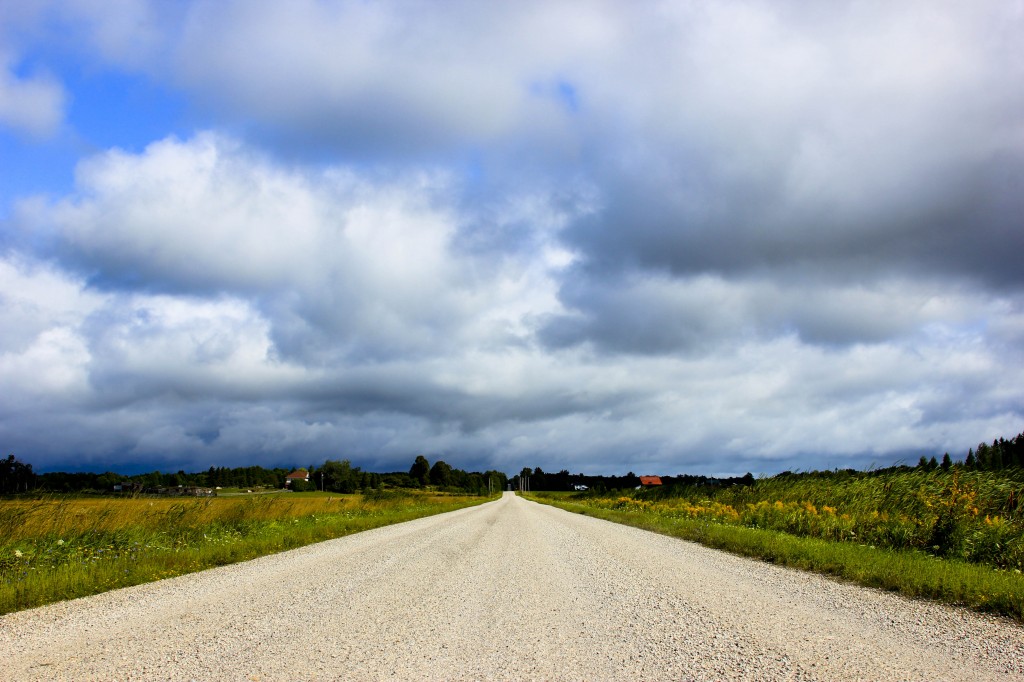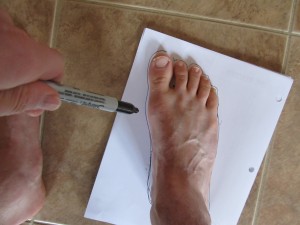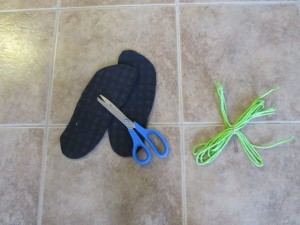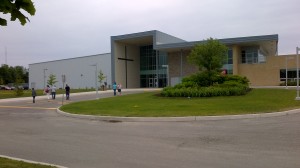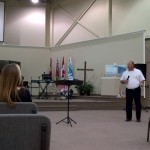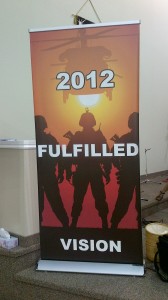I love the idea of house church. I expect that house churches tend to get less attention than they deserve. By their very nature they tend to fly under our radars; they have no buildings, no staff, no marketing and no billboards. But so far the house church experiences that I’ve had in Barrie have been very positive.
This Sunday at ‘The Church at My Place’ was no exception. Just a handful of people meeting in a pleasant, upscale home to drink coffee, sing, discuss a passage from the bible, and take communion together.
I was warmly welcomed, and indeed my only real criticism would be the use of ‘iWorship‘ videos. I’m not a big fan of these, whether in a mega-church or a living room, because they feel too much like a crutch. I’m worried that we use multimedia technology because it is easier and safer than doing the work of liturgy ourselves.
Creating our own music might not sound so polished, and might take more work, and it might take time for us to become comfortable with it, but that’s kind of the point.
You see I believe that church, just like childhood, should be about a process of growing and working towards maturity.
In fact, I have an interesting thought experiment to help you see how well your church might be doing in this area.
Imagine what would happen if one Sunday I walked into your church and pulled 20 people at random from the congregation. No-one from the platform, just regular churchgoers.
And then imagine that I took them to a different city, and asked them to plant a church.
Could they do it? Would they have the necessary ministry gifts? Would they be able to learn, to pray, to grow? What challenges would they face? Would they be able to do it at all?
And if not, does that mean that our churches are not expecting people to reach maturity?
The Church at My Place has chosen to follow the lectionary for its readings, which I think is a nice touch. It provides a sense of connection with the broader church, which could easily be a challenge for a very small group like this one.
Interestingly enough, the passage for this week was 1 Samuel 8, one I’ve spent a lot of time thinking about. This is a passage about the failure of civic institutions, and the universal human tendency to look for strong leader-figures to follow.
Samuel warns the people of Israel who are demanding a strong ruler that a king will mistreat them, tax them, send them to war, and ultimately enslave them. The people, however, reply “No! We are determined to have a king over us, so that we also may be like other nations, and that our king may govern us and go out before us and fight our battles.”
Most of us want to know that we belong to a tribe, and that we have a leader we can look up to who will ‘go out before us and fight our battles’.
It might be the country we live in, or the company we work for, or the church we belong to, but this human need for identity and safety within a group is very strong.
However, on Sunday we also read the words of St. Paul where he reminds us that there is ‘One body, one hope, one Lord‘. That as Christians, we look ultimately to Christ for leadership, rather than human authority figures.
These are words that are very close to my heart. As I visit the different expressions of the church in the city, I have to keep reminding myself that there is, indeed, ‘one body’.
What would this mean in practice? What would it look like for the churches in Barrie to relate to each other as parts of the same body? Will it ever be possible for a Catholic priest and a Baptist pastor and an Orthodox lay-person and a Gospel Hall member to break bread and pray together?
We might have to bend some rules. And we might need to take some risks. And we might need to step out of our comfort zone a bit. But I am convinced that this is what we are called to do.
